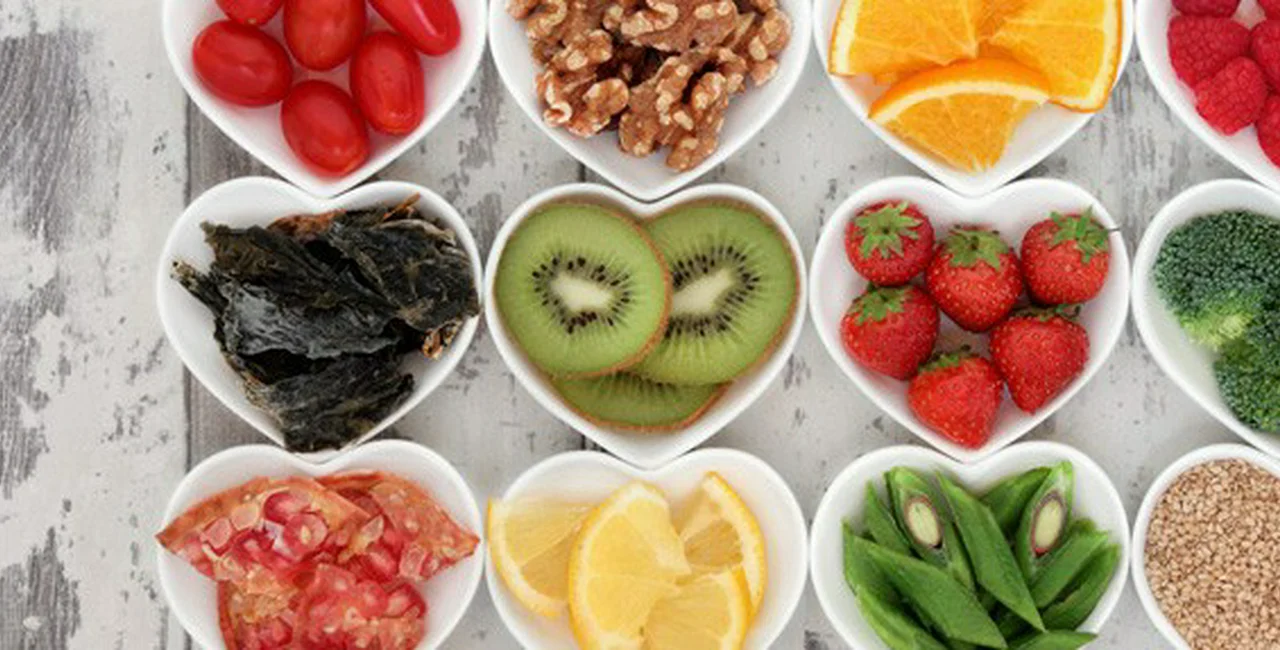The chilly weather can be difficult for many living in the urban ice box known as Prague in the wintertime. Snow in every direction, slippery sidewalks, frosty cold breezes, bitterly long and miserable waits at the tram stop. But winter is not without its respites and rewards. One such reward for braving the cold is being able to enjoy a steamy, aromatic cup of mulled wine, known in Czech as svařák or svařené víno.
Svařák can be found in nearly any café or bar in Prague and is most known as being the beverage of choice at the outdoor Christmas markets across town. This fruity concoction is the perfect weapon to fight against the cruel winter elements and to help warm your spirit.
This isn´t a wine to be swooshed around in one´s mouth to pick out the refined subtle flavors. It is made with cheap wine that is usually found in boxes rather than bottles. The taste is usually quite uniform from place to place, combining a bitter red wine mixed with citrus flavors, herby elements, and accompanied by a couple of sugar packets to make it more palatable.
The ingredients can vary depending on the predilections of the person making the svařák, but the necessities include wine, cloves, the skin of a citrus fruit, cinnamon, and sugar. Welcome additions are raisins, bay leaf, nutmeg, or vanilla.

I decided to sample svařák at three different locations in Prague – a local wine bar called Vinotéka-Kavárna in Vinohrady, an outdoor vendor at the Christmas Market on Staroměstské Náměstí, and in my own kitchen – to try to gauge the differences in quality that each would represent.
Vinotéka-Kavárna (Korunní 105) had a big, friendly, hand written advertisement for 32 CZK svařák outside its front door, asking clients to come in and warm themselves up with a hot beverage. The owner was very helpful and explained in Czech that he used the traditional recipe which comprised of skin of a lemon, clove, ginger, cinnamon and vanilla. The wine he used was a young Frankovka Modrá, which was light and sweet in comparison with the bitter wine used typically. It was a pleasant drink which asked to be drank again and again (and again and yet again, if not careful).
The vendor I visited at the outdoor Christmas Market on Staroměstské Náměstí had a brew which was predictably made for selling in mass quantities to unfussy tourists rather than appealing to experienced svařák connoisseurs. The taste was quite rough, with each sip being bitter and somewhat metallic in nature. We weren´t offered any sugar, which might have been the difference maker, as a couple packets of sugar usually will help cover up the poor taste of the wine. It was basically impossible to find the flavors of citrus, cinnamon, and clove beneath the overwhelming taste of the wine.
But alas, with each tip of the cup the wine became more palatable, as alcoholic beverages often do, and the warmth of the drink plus the pleasant atmosphere amongst smiling visitors and holiday music at the Christmas market made for an enjoyable experience. For 45 CZK per cup it was worth it, at least when figuring in the Holiday cheer surcharge.
At home I took the simple route for making svařák; I grabbed a 95 CZK bottle of Chilean Malbec and mixed it with a packet of Svařené víno mix, which can be found in the spice section of most any supermarket for around 20 CZK. One loses gourmet points for not gathering fresh ingredients, but for no fuss, one-stop shopping and convenience, the packet is a solid choice.
Instructions are simple: Combine one liter of wine with the ingredients of the packet; add some sugar to taste; and simmer for a few minutes. I added some tangerine rind, raisins and a touch of ginger and cinnamon for extra flavor. Pouring a few tablespoons of sugar into each cup before drinking is a necessary touch.
The flavor was delicious and a real step up from the usual svařák offered around Prague. Adding the tangerine rind really helped bring a tart flavor that cut the bitterness and the raisins made for a tasty little treat once the drink was gone. Preparing your svařák at home provides the advantage of allowing more freedom to play with the flavors according to one´s preferences.
Whether at the bar enjoying a break from the cold outside, in the Christmas market with friends, or looking for something to serve at a holiday party, svařák is a traditional part of the winter in Prague that should not be missed. Give it a try, if for no other reason than to warm you up and add a little bit of cheer to your day.
Editor’s note: our plan for this mulled wine article was to create a “best of” similar to our take on Hot Chocolate in Prague. After sampling a few beverages, however, our writer found little significant difference between the different varieties of mulled wine. What’s your experience been? Is there a clear-cut “best” mulled wine in Prague?
Click here for another take on Svařák in Prague, including another recipe you can try at home.












 Reading time: 4 minutes
Reading time: 4 minutes 

















